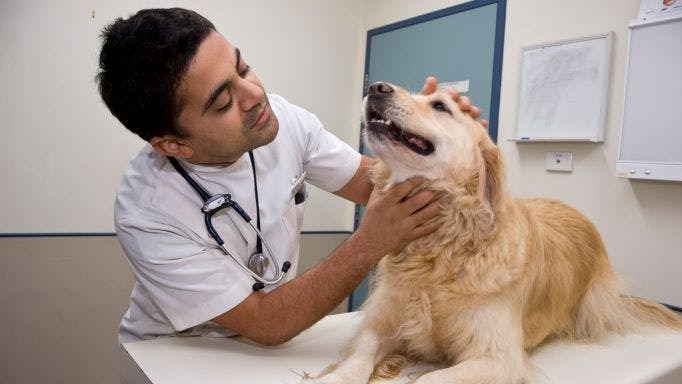The COVID-19 pandemic witnessed a surge in pet ownership, leading to significant growth in the pet and veterinary business. Let’s delve into the economic ecosystem driving this trend.
It’s true, that dogs are often considered “man’s best friend,” and cats hold a cherished place in many hearts. During the lockdowns of 2019, with depression a looming threat, many families sought companionship by welcoming pets into their homes. These furry (or feathery) friends provided comfort and connection for both children and adults. In your neighborhood community, you observed a remarkable 1000% increase in pet ownership, rising from 10 to 75 pets in just three years.
Just like parents of human children, new pet owners embark on a learning curve as they navigate the world of responsible pet care. It’s a demanding yet rewarding journey, requiring dedication and attention to the needs of their furry companions
While rescue and adoption are becoming more prevalent, many pet owners gravitate towards specific breeds. Breeders cater to this demand, specializing in popular breeds like Labradors, Golden Retrievers, Huskies, and German Shepherds. Unfortunately, there’s often a bias against mixed-breed dogs (Indies) who lack the perceived brand value or status symbol associated with purebreds.
The rise of nuclear families, coupled with an increase in single-child households and single parenthood, plays a role in pet ownership trends. Owning a pet can be a significant financial commitment, with initial costs typically exceeding ₹15,000 and ongoing expenses ranging from ₹4,000 to ₹5,000 per month for maintenance, including food, healthcare, and potential emergencies. Considering these factors, pet ownership is often associated with higher income brackets. Statistically, pet parents can expect to have 2-3 pets in their lifetime, creating a consistent demand for pet-related services.
The pet industry encompasses a comprehensive care model. Veterinarians play a crucial role, in providing preventive care, treatment, and surgery. Additionally, pet hotels, daycares, pet food companies, trainers, walkers, and even birthday party planners cater to the diverse needs of pet parents. This ecosystem thrives on the ongoing commitment of pet owners who integrate pets into their families.
Unlike human children, pets cannot communicate their needs verbally. This adds a layer of complexity to pet ownership, requiring pet parents to interpret their animal’s behavior and body language based on their understanding and economic circumstances.
Several key factors have contributed to the exponential growth of the pet industry:
- The rise of nuclear families
- Decreased emphasis on real-world social interaction
- Increased awareness of animal welfare and responsible pet ownership
- Greater financial affordability for pet care
- Growing independence within households
- Rising concerns about depression and the need for companionship
- Increased levels of loneliness within society
- The prevalence of single parents and single-child households
The pet ownership trend extends beyond traditional companions like dogs and cats. People are displaying a growing interest in caring for a wider range of animals, including cows, goats, and buffaloes. However, limitations of space in urban environments often restrict pet choices to species suitable for apartment living.
In a nation of 1.3 billion people (130 crore), a conservative estimate suggests a pet market size of 10 million (1 crore). Considering an average annual customer value of ₹50,000 per pet, the industry generates a revenue of ₹50,000 crore or more, with a promising trajectory for further growth.
The pet industry is poised to reach maturity within the next few years. This presents a lucrative opportunity for potential investors seeking scalable start up models. The time to capitalize on this growing market is now.

